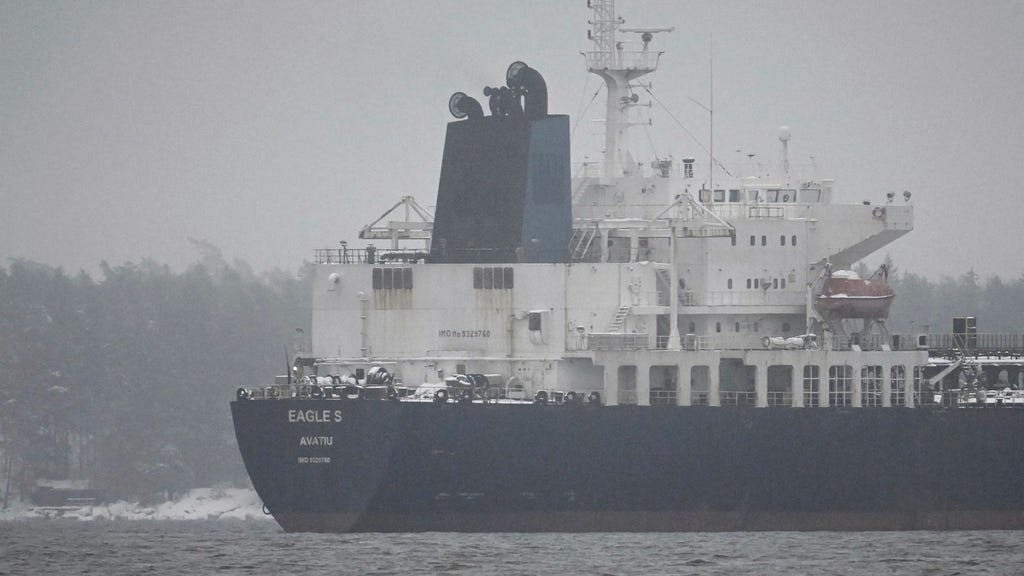The incident involving a severed undersea cable in the Baltic Sea is increasingly likely to be classified as an accident, according to a Finnish government source with knowledge of the investigation, as reported by Hufvudstadsbladet. While the investigation remains ongoing and authorities have yet to reach a definitive conclusion, the inability to establish intent points strongly toward an accidental cause. This aligns with recent reporting from the Washington Post, which cited security services in both the United States and Europe finding no evidence of sabotage related to recent cable breaks in the Baltic Sea. This shifts the narrative away from earlier suspicions of foul play, though the official investigation continues.
Authorities are meticulously examining the ship’s computers and crew members’ phones to rule out any possibility of human error or deliberate action leading to the cable damage. This thorough approach underscores the seriousness of the incident and the importance of understanding its root cause. While an accidental severing seems the most likely scenario at this stage, the investigative process must exclude all other possibilities before a final determination is made. This involves a complex analysis of technical data and witness testimonies to recreate the events leading up to the cable break.
The emerging consensus aligns with concerns about the deteriorating condition of Russia’s ”shadow fleet,” a collection of aging vessels repurposed for various clandestine activities beneath the waves. A Nordic official, speaking to the Washington Post, expressed surprise at the poor state of these vessels, suggesting their condition is even worse than previously anticipated. This observation lends credence to the theory of an accidental severing caused by a poorly maintained ship from this fleet inadvertently damaging the cable. The incident highlights the potential risks posed by these aging and potentially unsafe vessels operating in sensitive maritime environments.
The shift towards classifying the cable break as accidental marks a significant departure from the initial speculation surrounding the incident. Earlier expert opinions, as highlighted in referenced articles, leaned towards the likelihood of deliberate sabotage, given the geopolitical context and the sensitivity of undersea infrastructure. The possibility of state-sponsored actors targeting critical communication lines raised concerns about escalating tensions in the region. However, the absence of concrete evidence supporting this theory, coupled with the ongoing investigation’s findings, has now shifted the focus toward a more mundane explanation.
The incident underscores the vulnerability of critical underwater infrastructure and the challenges associated with maintaining its security. While the accidental nature of this particular incident may alleviate some geopolitical concerns, it highlights the need for improved maritime safety protocols and enhanced monitoring of underwater activities, particularly those involving vessels in a questionable state of repair. The reliance on aging and poorly maintained vessels for sensitive operations raises questions about the potential for future accidents and the need for greater transparency and accountability in managing these operations.
Finally, the incident serves as a reminder of the complexities involved in investigating incidents at sea. Gathering conclusive evidence in such environments can be challenging, and the initial rush to judgment based on circumstantial evidence can often be misleading. The thorough investigation conducted by authorities, involving meticulous data analysis and witness interviews, emphasizes the importance of a comprehensive approach to determining the true cause of such incidents. This careful approach helps avoid escalating tensions based on unfounded accusations and ensures a more accurate understanding of the event, contributing to informed decision-making and appropriate responses. The renewed focus on maritime safety and the condition of the ”shadow fleet” will likely influence future discussions on maintaining stability in the Baltic Sea region.














